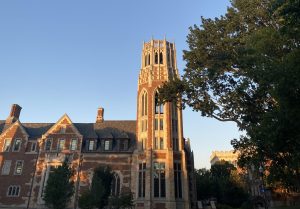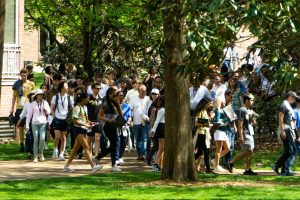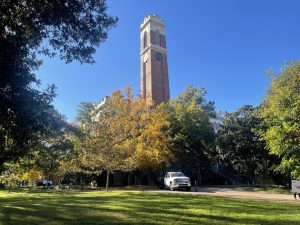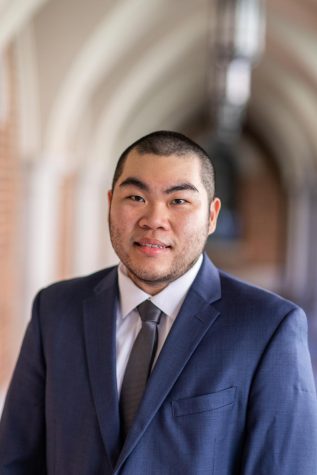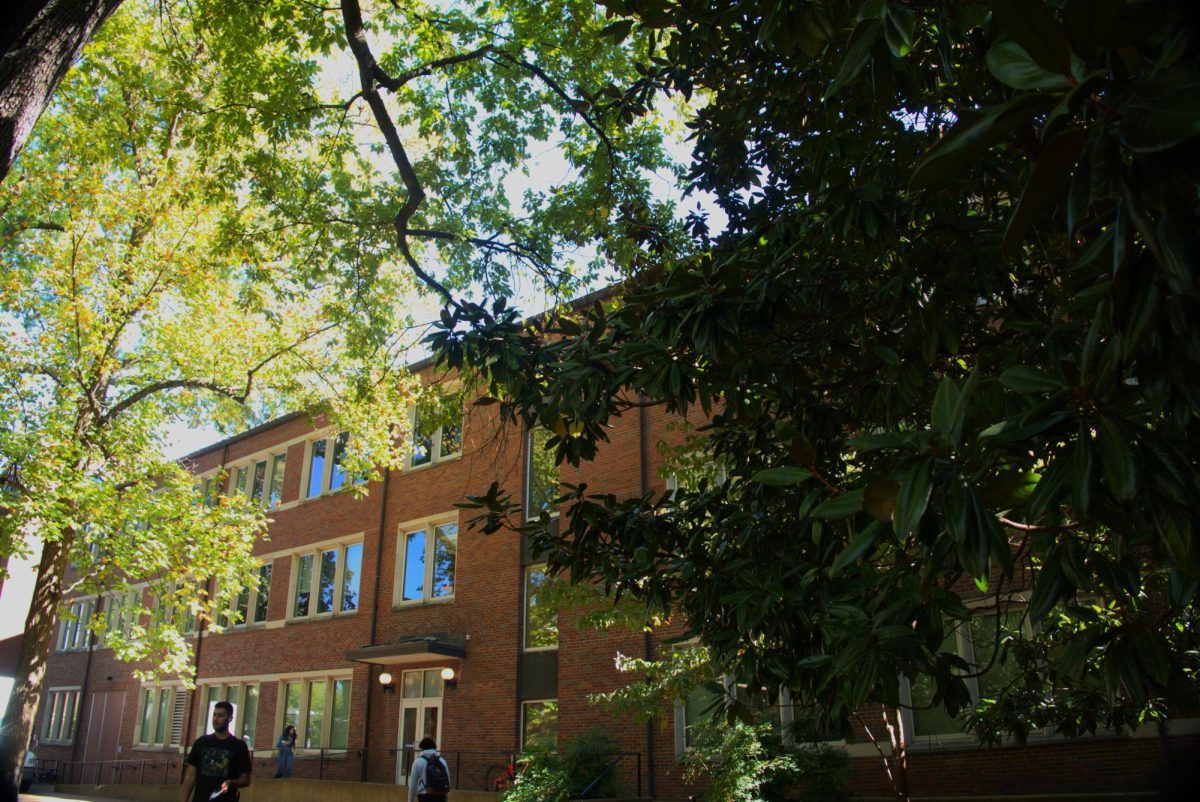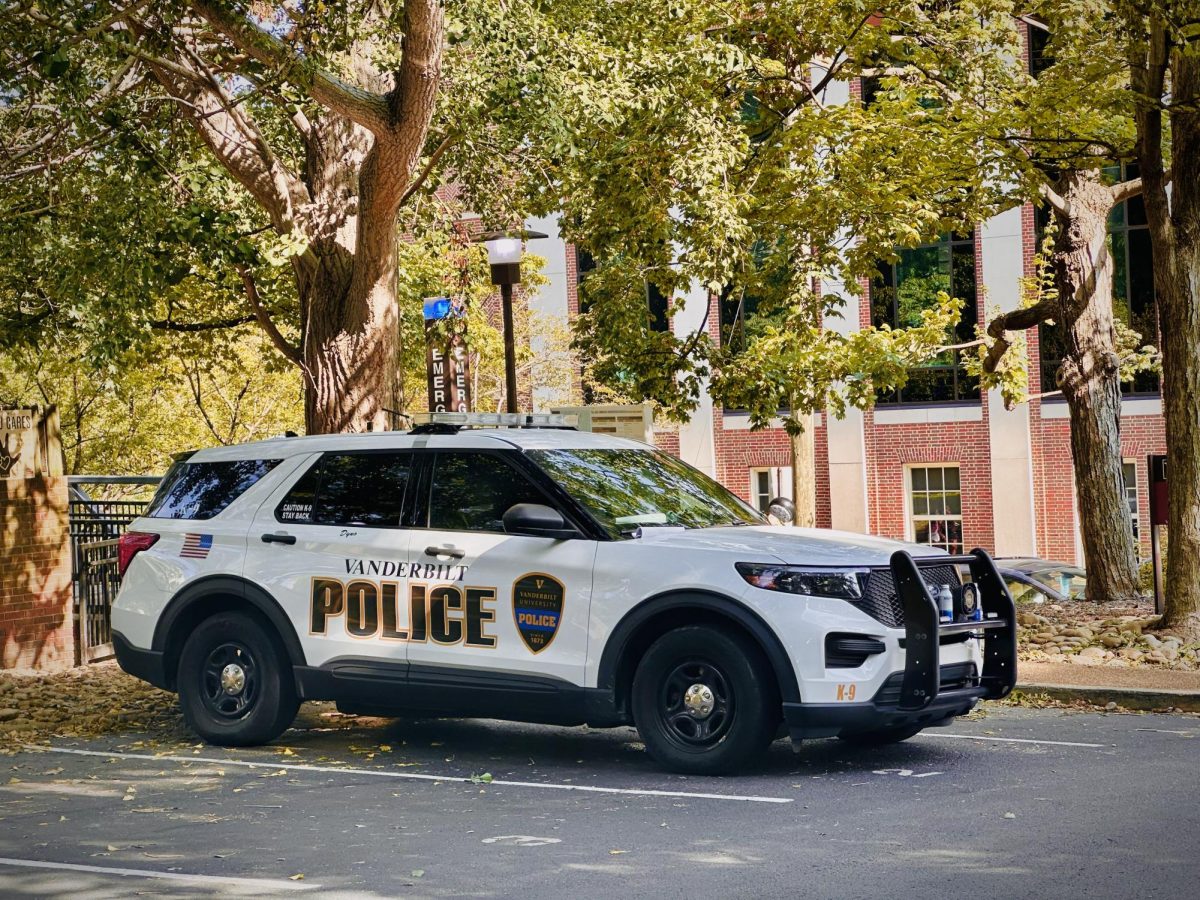According to Gun Violence Archive, a non-profit organization that aims to provide accurate statistics on gun violence in America, 337 mass shootings took place in 2018 in the U.S. As a result, “run, hide, fight” informational material and training designed to teach civilians how to react in the event of an active shooter scenario has become increasingly common in the workplace. Vanderbilt’s Campus Safety Guide includes a section on what to do in the event of an active shooter, including the aforementioned “run, hide, fight” procedure.
“I knew about some but not all of the information in the Campus Safety Guide,” first-year Savannah Stewart said. “Still, overall, I feel very safe on campus. I think the school does a particularly amazing job at alerting all of the students of risks and dangers immediately after they occur or are reported.”
“Run, hide, fight” information material is just one component of raising awareness and educating the public on how to respond to an active shooter threat, according to VUPD University Crime Prevention and Community Relations Capt. Leshuan Oliver. Vanderbilt University Police Department (VUPD) serves as a part of Vanderbilt University’s Department of Public Safety (VUPS) which aims to keep the campus community safe.
VUPS typically releases public service announcements, brochures or flyers to teach students and faculty about what to do in an active shooter scenario and raise awareness levels. Although students and faculty should remain vigilant, the majority of campus safety issues faced by Vanderbilt are related to alcohol and pedestrian safety, according to Oliver.
Despite more attention being given to active shooters, not all students feel their safety has been compromised.
“I feel really safe on campus,” first-year Josiah Won said. “While I understand that an active shooter threat is very much possible, I’m not too concerned by it.”
Several schools, including Florida State University, Northwestern University and the University of Virginia, have informational videos on their websites to educate students on how to respond to such an event. In light of these more comprehensive resources, Oliver says Vanderbilt could do a better job of raising awareness of the issue.
Oliver also stressed the efficacy of the AlertVU system, Vanderbilt’s mass communication system which notifies students of emergency incidents happening on or near campus such as robberies, shootings and serious inclement weather events. The system, which came about as a response to the 2007 mass shooting at Virginia Tech, has been an important tool in providing accurate and timely alerts on incidents concerning campus safety, Oliver said.
Tennessee’s gun policies raise the issue of gun safety at Vanderbilt. Tennessee is a “shall-issue” state for handgun carry permits, meaning a permit will only be issued by the state Department of Safety & Homeland Security once an individual has met certain requirements. This permit allows for both open and concealed carry of handguns. Open carry of loaded long guns is prohibited in the state.
“One of the good things we have in our favor is that we’re private, so we can have policies that restrict guns on our campus,” Oliver said. “We also have a full-fledged police department that can enforce our policies, even if the state law says that you can carry.”
To prepare students in regards to implementing more hands-on active shooter training programs for students, Oliver said that he would be in favor of a mandatory online training module. This could look similar to the online programs first-year students must complete on topics such as alcohol safety and sexual assault before arriving on campus. He also expressed his support of educational training sessions for students that could be hosted at the beginning of each fall semester.
Oliver emphasized the importance of self care in a fast-paced environment like college. He wants to destigmatize discussions about mental health on campus and encourages students to seek help for themselves and others if they need it.
“We need to destigmatize seeking help for mental illnesses because all of us go through times in our lives when we’re stressed out,” Oliver said. “Depression is real, but just because somebody is struggling with something doesn’t mean they will become an active shooter.”
Professor Jonathan Metzl, Director of the Center for Medicine, Health and Society at Vanderbilt, is a sociology professor and psychiatrist who has conducted extensive research on gun violence and mental illness.
“Historically, college campuses have been among the safest places in the country,” Metzl said. “It’s important to keep college campuses gun-free, so that it’s easier for law enforcement to identify a shooter.”
Professor Metzl believes it is not only important to educate students about gun violence, but also to support research into gun related issues.
“Campus shootings are a subset of overall shootings,” Metzl said. “I encourage students to get involved with larger issues of gun safety. Stay vigilant and aware on campus.”





